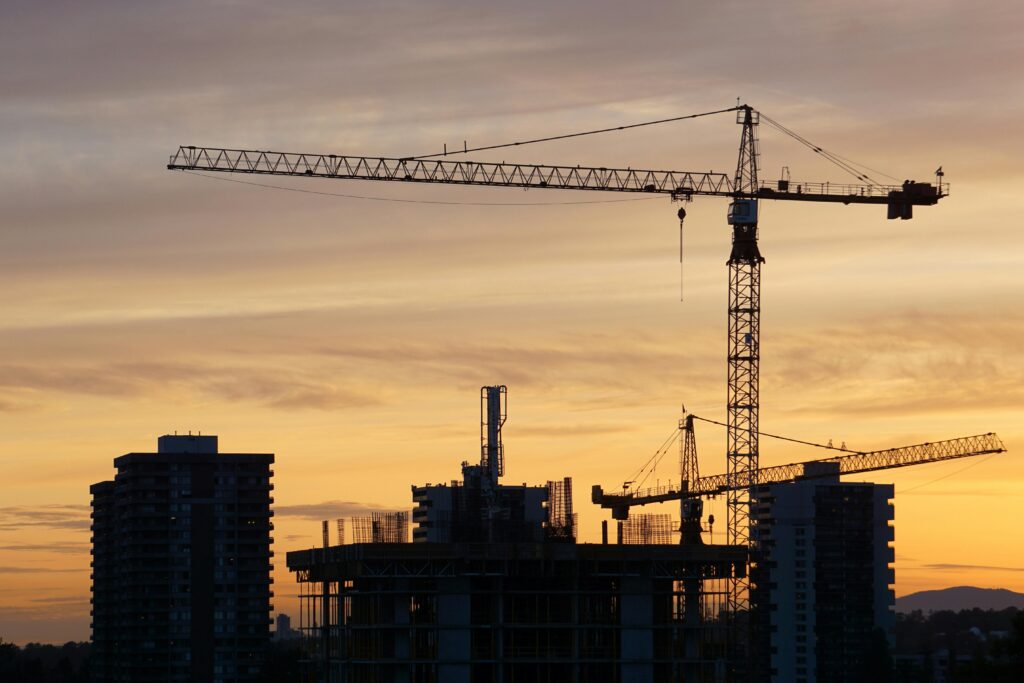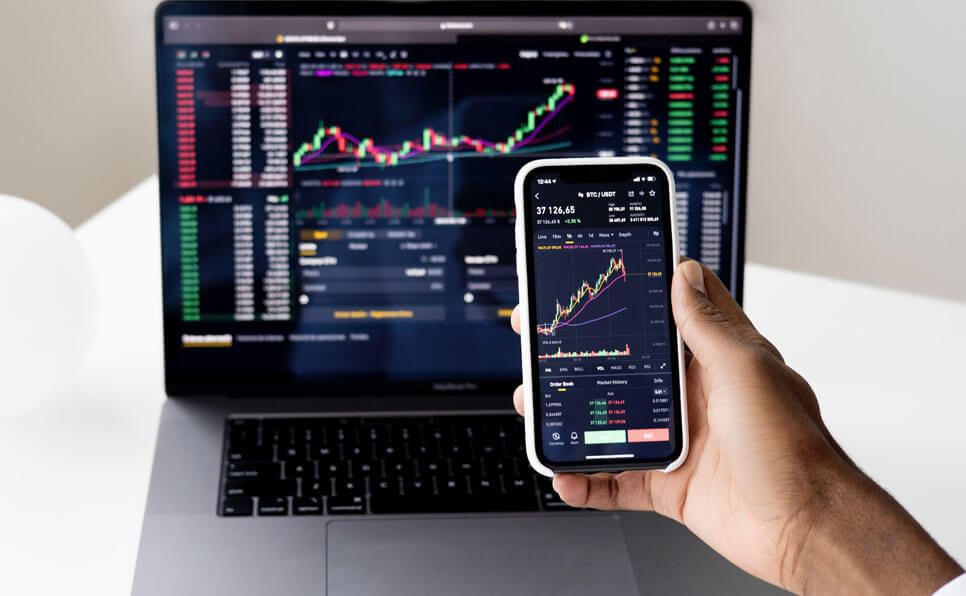A Strong Start for Jordan’s Industrial Sector
Jordan has recorded a remarkable surge in industrial investments during the first half of 2025, with 66 new projects approved, totaling approximately US$80.4 million. These investments span a wide array of sectors, including chemicals, plastics, pharmaceuticals, food processing, textiles, and engineering, reflecting a comprehensive and balanced growth trajectory across the country’s industrial landscape. The influx of capital demonstrates strong investor confidence in Jordan’s stable regulatory environment, strategic location, and long-term vision for industrial growth.
This investment boom is not merely a short-term spike but signals a strategic shift toward value-added manufacturing, export-oriented production, and high-tech industrial solutions. By attracting a mix of foreign and domestic investment, Jordan is positioning itself as a regional industrial hub, capable of meeting both domestic demand and export opportunities in MENA and global markets. In addition to generating employment, these projects are expected to improve supply chain resilience, encourage technology transfer, and foster innovation, laying the foundation for sustainable industrial growth over the next decade.
Sector-Wise Investment Trends
Chemicals and Plastics: A substantial portion of the H1 2025 investments targets chemical and plastics manufacturing, reflecting growing regional demand for industrial materials and consumer products. These projects will strengthen local supply chains, reduce dependency on imported raw materials, and support downstream industries such as packaging, construction, and automotive manufacturing. Modernization in this sector is also expected to encourage eco-friendly production practices, improve efficiency, and create opportunities for skilled labor in chemical engineering and process management.
Pharmaceuticals: Jordan has long been recognized as a pharmaceutical hub in the MENA region, and this sector continues to attract high-value investment. New facilities are being established to produce both generic medicines and specialized pharmaceutical products. These projects are expected to enhance Jordan’s export potential, meet regional healthcare demands, and elevate the country’s global reputation for high-quality, compliant pharmaceutical production. Advanced production techniques, quality assurance measures, and compliance with international standards will be central to this growth.
Food Processing: Investment in food processing highlights Jordan’s strategy to leverage its agricultural resources and improve food security while expanding export capabilities. New processing facilities will integrate modern production technology, packaging solutions, and safety standards to meet both domestic consumption and regional export demands. These projects are expected to enhance Jordan’s competitiveness in agri-food exports, including processed fruits, dairy, grains, and packaged foods.
Textiles and Engineering: The textile sector has remained a cornerstone of Jordan’s industrial base, and new investments are modernizing production lines with automation, sustainable materials, and export-oriented designs. Engineering-focused projects, meanwhile, aim to enhance the country’s manufacturing capabilities, technological adoption, and industrial innovation, supporting sectors such as machinery production, metal fabrication, and energy equipment manufacturing. Together, these sectors contribute to diversification, job creation, and skill development, reinforcing Jordan’s industrial competitiveness in the region.
Economic and Employment Impacts
The H1 2025 industrial investments are expected to generate significant employment opportunities across multiple skill levels, from factory operators to engineers, technicians, and R&D specialists. This surge in industrial activity strengthens Jordan’s economic resilience by diversifying its industrial base and creating sustainable income streams beyond traditional sectors such as services and energy.
These projects are also likely to stimulate technology adoption, innovation, and skill development, as new facilities implement advanced manufacturing techniques, automated systems, and data-driven production processes. By introducing modern industrial methods, Jordan not only enhances productivity but also aligns its workforce with global industrial standards, preparing the country to compete effectively in international markets.
Furthermore, the expansion of industrial investments contributes to the development of ancillary sectors, such as logistics, warehousing, energy supply, and professional services, creating a ripple effect that benefits the broader economy.
Government Policies Driving Industrial Growth
Jordan’s government has played a central role in attracting these investments by streamlining approval processes, providing fiscal incentives, and improving infrastructure. Special economic zones and industrial parks have been strategically developed to facilitate industrial operations, offering ready-to-use facilities, utilities, and transport connectivity.
Policies promoting foreign direct investment (FDI), public-private partnerships, and innovation grants have made Jordan an attractive destination for investors seeking stability, market access, and skilled labor. Additionally, government-backed initiatives for sustainable and green manufacturing are encouraging investors to adopt environmentally friendly technologies, reducing carbon footprints and supporting long-term industrial sustainability.
Regional and Global Context
Jordan’s industrial growth occurs within a broader MENA context where regional demand for chemicals, pharmaceuticals, and manufactured goods is rising rapidly. By attracting 66 projects worth over US$80 million in just six months, Jordan positions itself as a competitive investment destination, offering political stability, strategic access to regional markets, and a supportive regulatory environment.
Investments in pharmaceuticals, chemicals, and engineering not only strengthen domestic capabilities but also enhance Jordan’s role as a regional supplier of high-quality industrial and manufactured goods. This positions the country to capture export opportunities across neighboring countries and beyond, supporting economic integration and trade diversification.
Technology and Innovation Integration
Many of the new industrial projects are integrating digital technologies, automation, and AI-driven production systems, enabling smarter manufacturing processes and improved operational efficiency. Facilities in chemicals, food, and pharmaceuticals are increasingly adopting real-time monitoring, predictive maintenance, and quality control systems, which reduce waste, increase productivity, and enhance product quality.
The focus on innovation-driven industrial projects also promotes research and development (R&D) collaborations between investors, universities, and technical institutes, creating a culture of knowledge-sharing and technological advancement within Jordan’s industrial ecosystem.
Looking Ahead: The Future of Industrial Growth in Jordan
The strong momentum seen in H1 2025 is expected to continue throughout the year, with additional projects likely to emerge across both traditional and emerging industrial sectors. Jordan’s continued emphasis on infrastructure development, digitalization, and investment facilitation will attract further domestic and international investors.
As the country modernizes its industrial base, it will likely see increased export capacity, higher technology adoption, and improved employment prospects, reinforcing Jordan’s position as a key industrial and manufacturing hub in the MENA region. The combination of strategic investment, technological integration, and skilled workforce development will support Jordan’s economic diversification goals and strengthen its long-term competitiveness on a regional and global scale.
Related Blogs: https://arabworldleaders.com/






